Fifteen men lined up at noon in front of Metcalf’s Mill in the town of Ashland, Massachusetts, on Patriot’s Day, April 19, 1897. Their mission: to run 24.5 miles down a dirt road to Irvington Oval in downtown Boston in what would be only the second marathon on U.S. soil.
When 30,000 runners set off for Beacon Hill in the Boston Marathon this Monday, April 16, they will be participating in the world’s oldest annual marathon.
A lot has changed along the way.
In the spring of 1896, John Graham, a member of the Boston Athletic Association, attended the inaugural modern Olympics in Greece as a U.S. team manager. There, he observed with keen interest the Marathon-to-Athens 24.5-mile foot race that was staged in homage to the foot soldier Pheidippides of Greek legend, who ran a similar route to deliver the message of the army’s amazing victory over the Persians: “Rejoice! We conquer!” Somewhat inconveniently to the legend, Pheidippides then collapsed and died.
Graham returned home inspired to start a similar long-distance run in his hometown, and with the help of local businessman Herbert H. Holton selected a route and recruited 15 runners from New York and Boston.
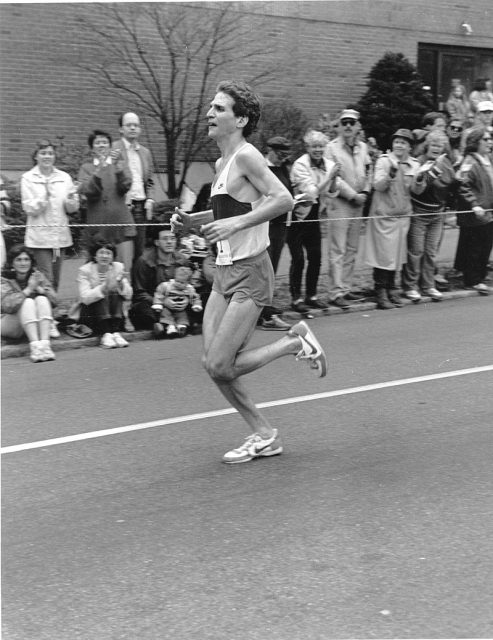
The event was called the American Marathon and held on Patriot’s Day, a holiday only in the states of Massachusetts and Maine, which commemorates the start of the Revolutionary War. (In 1969, Patriot’s Day was officially moved to the third Monday in April, as was the Boston marathon.)
Tom Burke, who had won the 100 and 400 meters in the inaugural Olympics in Greece, scratched a line across the dirt road in Ashland and shouted, “Go!” Each of the competitors was accompanied by a handler riding alongside on a bicycle.
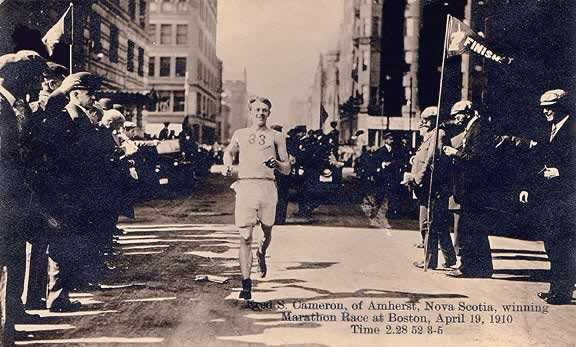
Wearing leather lace-up shoes, John McDermott, a lithographer from New York representing the Pastime Athletic Club, pulled away from the pack in the famous Newton Hills (now collectively called Heartbreak Hill). The prior September, McDermott had won the first U.S. marathon, a race along the Old Post Road from Stamford, Connecticut, to the Bronx. Though he walked several times along the dusty road to Boston on Patriot’s Day and suffered calf cramps—commanding of his handler, “Rub!”—he won with a comfortable margin of nearly 7 minutes over his nearest competitor.
Only 10 of the starters finished what was considered at the time a “dangerous” endeavor. Olympic gold medal sprinter Burke dropped out. As for McDermott’s winning time of 2:55:10, it would have put him in 918th place in 2017.
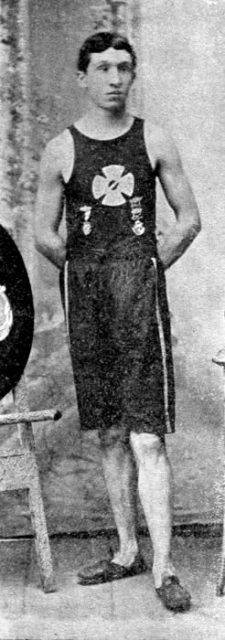
In 1908, royal intervention changed the marathon distance from 24.5 miles to today’s 26.2. The route of the 1908 Olympic Marathon, held in London, was lengthened so that runners, starting at Windsor Castle, would finish in front of the Royal Box at White City Stadium. The Boston Marathon start line was moved from Ashland to Hopkinton in 1924 to conform to the 26.2-mile standard.
For much of its history, Boston was a free event, and the prize was a laurel wreath, bragging rights, and a cup of beef stew served up in the locker room of the Boston Athletic Association. The first cash prize was awarded in 1986. Today’s male and female winner will each take home $150,000, plus a bonus $50,000 if they break the course record.
For much of its history, the Boston Marathon also famously excluded women. In 1966, 23-year-old Roberta “Bobbi” Gibb, wearing a black bathing suit and her brother’s long white Bermuda shorts, hid in the bushes at Hopkinton, jumped into the race at the start, and completed the 26.2-mile distance. Though her story was splashed across newspaper headlines—“Hub Bride First Gal to Run Marathon!”—race organizers disavowed her accomplishment and refused to concede she had participated in their event.
The following year, a young woman obtained a bib number by entering as the gender-neutral K.V. Switzer. Though race organizer Jock Semple famously tried to wrestle her off the course, shouting, “Get the hell out of my race!” Kathrine Switzer went on to finish as the first woman Boston marathoner with a bib number.
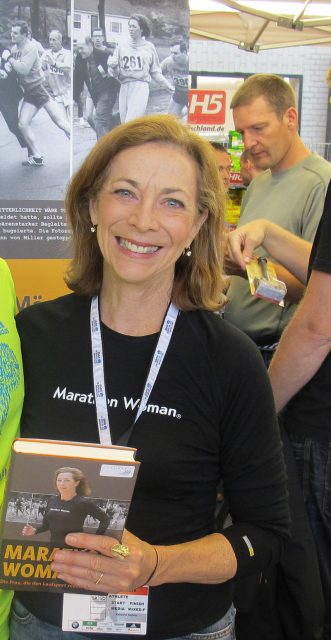
CC BY-SA 3.0
Sadly for marathon enthusiasts, the most famous female Boston “winner” may be impostor Rosie Ruiz, who faked her run. In 1980, Ruiz, a Cuban-American office worker from Manhattan, had taken the T, jumped into the race near its finish in Kenmore Square, and dashed across the finish line to claim first place in a record time of 2:31:56.
Spectators and officials were immediately suspicious: Ruiz was hardly sweating. She did not have the same skinny physique of other elite competitors. No one could remember seeing her on the course, certainly not the woman who was actually in first place, Jacqueline Gareau. It took about a week for organizers to conduct an investigation and conclude that Ruiz had cheated and Gareau was the rightful winner.
The most famous challenge in the Boston Marathon is the so-called Heartbreak Hill, actually a series of three hills concluding in Newton at around the crushing 20-mile mark, when tired runners still have 6.2 miles to go.
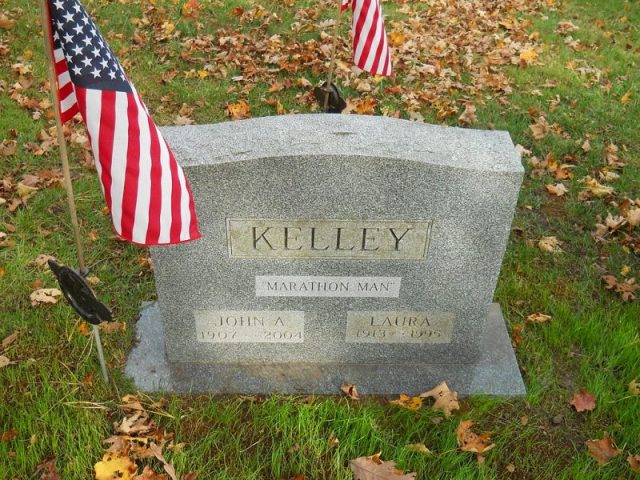
Heartbreak Hill got its name in 1936, when Ellison “Tarzan” Brown pulled away from defending champion John A. Kelley on the hills, giving his competitor a conciliatory pat on the back. Kelley was unable to catch Tarzan, resulting in his heartbreaking loss.
It would take another decade for John A. Kelley to win the Boston Marathon again, in 1945, in a time of 2:30:40, the fastest marathon time that year. Kelley finished the Boston Marathon 58 times, completing his last in 1992, at the remarkable age of 84. Kelley died in 2004 at the age of 97.
In 1993, a statue of Kelley was erected near the bottom of Heartbreak Hill. On this coming Patriot’s Day, 30,000 Boston marathoners will pass by it—hoping they too can run well into their 80s, shouting, “Rejoice! We conquer!” without dying.
E.L. Hamilton has written about pop culture for a variety of magazines and newspapers, including Rolling Stone, Seventeen, Cosmopolitan, the New York Post and the New York Daily News. She lives in central New Jersey, just west of New York City
